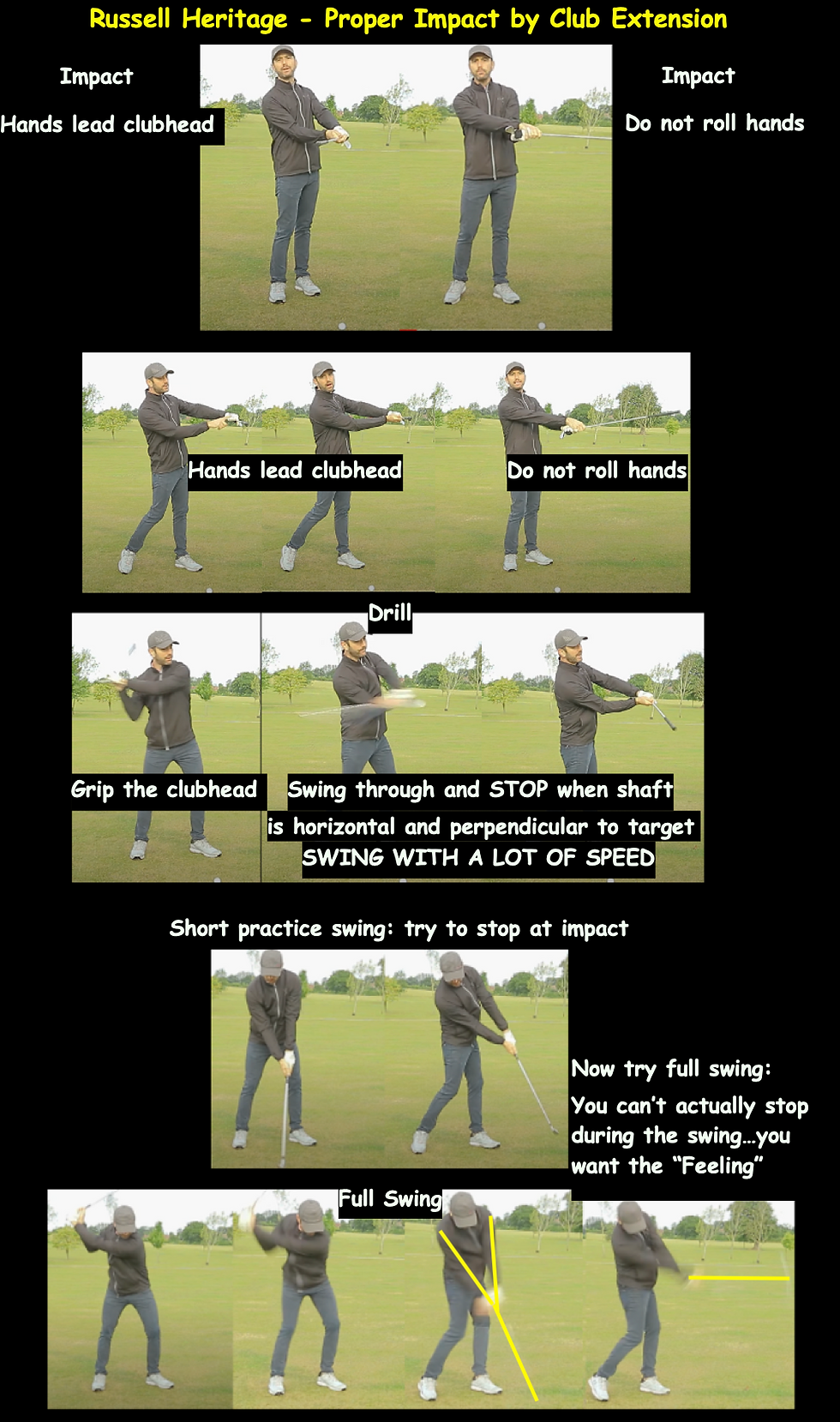Reverse Engineering the One Plan Swing - Part 2
- Chris Nix
- Aug 26, 2023
- 2 min read

I discussed in Part 1 that reverse engineering of the One Plane Swing begins at impact and then moves backwards to how we setup. As you see in the above pictures...the reverse enginerring starts with extension Picture 6, then moves back to Setup in Picture 1.
If we setup with impact in mind….with the hands in an uncocked, ulnar deviated position…where the clubshaft is on a straight line through our trail elbow….then we are matching what the clubshaft plane should be at impact. It’s also important at setup to have a proper amount of side tilt away from the target, the hands ahead of the clubface, and the head behind the ball.
The One Plane Swing setup is, in my opinion, the best method to reverse engineer the golf swing. It provides the best opportunity for golfers to simplify how they get to impact, by setting up on the same plane that they will be at impact! Professional instruction and video is the best way to confirm that you are setting up for impact in the correct manner. But if video isn’t a possibility, and you can’t access professional instruction, then one must rely on the results from hittig shots on the practice range, results on the course, or how we “feel” through the swing.
“Feel” can be misleading…many times, what a golfer feels he/she is doing, isn’t what is actually happening. There are drills that can be utilized to help ingrain the proper feel. Since quality impact is the ultimate goal in reverse engineering the One Plane Swing, I like to start there. Or rather, just past impact…into the swing extension just following impact.
Call it…a reverse engineering move…A destination point focus helps to automatically get the sequence correct in order to get there! I always prefer dynamic drills…they really get my focus on the destination…not the sequence. Get the destination correct, and the "how-to-get-there" can happen automatically!
The club extension immediately following impact helps me get impact correct. If the full-swing focus is too much on the moment of impact, I’ve found it can mess up the sequencing prior to ball contact. I can get to “ball bound.” This will often lead to an early release or too much of a descending blow into the ground immediately at/before the ball. This can result in poor low-point control! So, I will work on my initial extension just after impact…when I get that right, it immediately improves my ball impact. I love PGA Professional, Russell Heritage, and his Extension Drill…I use it often as a preshot “feeling.” In fact, I used it today during a cold, windy, drizzly round on my home course, Heritage Hill…I hit 16 greens and shot my age...72! This drill really works to help ingrain my proper impact sequence. Here it is:

Dr. Chris Nix
**For more information on the One Plane Swing the One Plane Golfer eBook is available for sale on the home page of this site. It's a beautifully illustrated description of the One Plane Swing and how to apply it to your game.




Comments